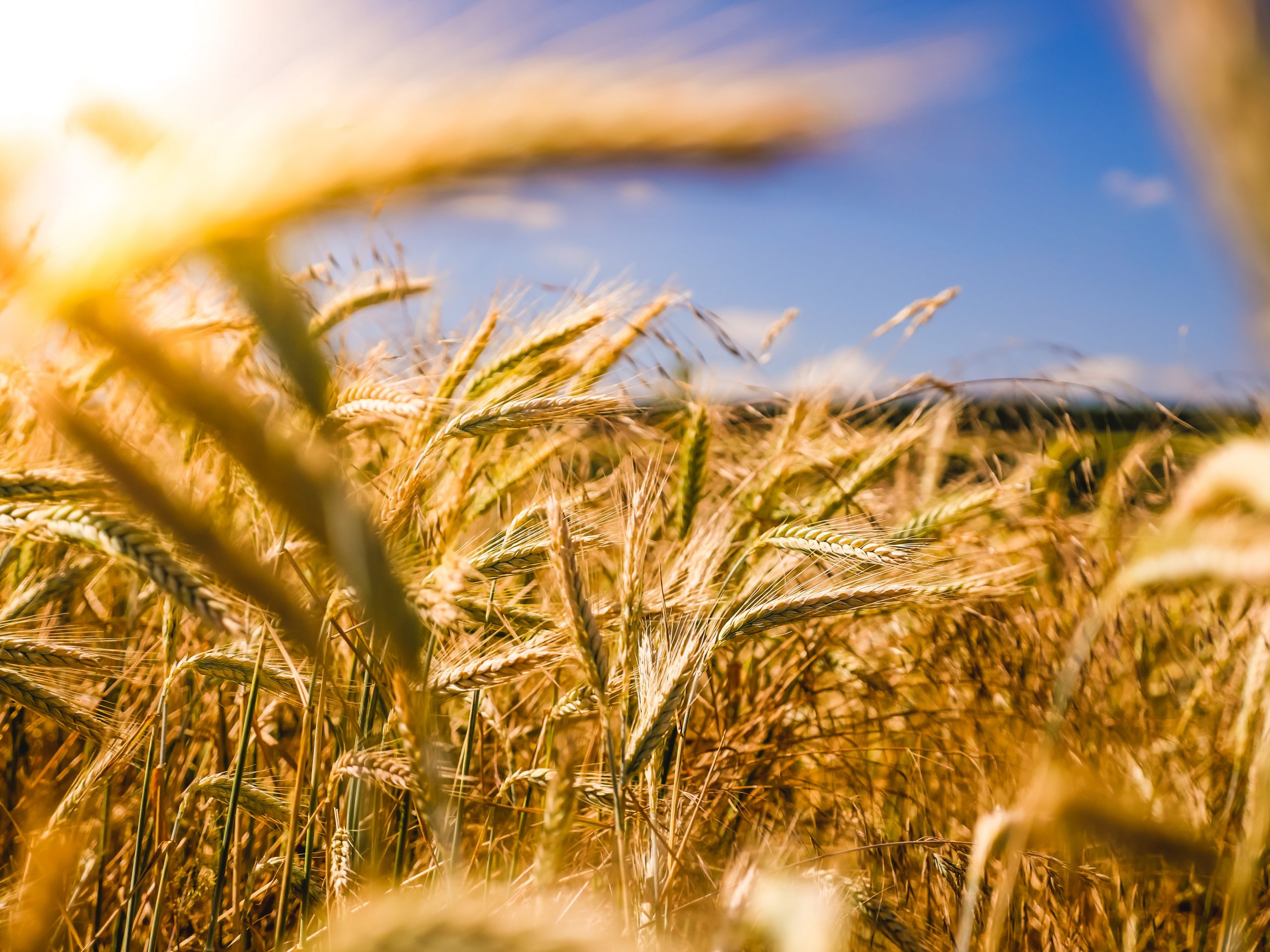Humans started farming about 10,000 years ago. This agricultural revolution ushered in a new era in human history, allowing people to settle, develop, and create. In a nutshell, agriculture made civilization possible.

Farmland now covers about 40% of our planet’s surface. These agricultural lands, which are found all over the world, are parts of a global puzzle that we are all trying to solve: how can we feed a growing population a nutritious diet in the future?
A second agricultural revolution will be needed to achieve this aim. Expansion and exploitation characterised the first agricultural revolution, which fed people at the expense of trees, animals, and water while also destabilising the environment.
That will not be a choice the next time. A stable climate with predictable seasons and weather patterns is important for agriculture. This means that we can’t keep growing our agricultural lands because it would jeopardise the environmental conditions that enable agriculture to exist in the first place.
Instead, the next agricultural revolution would have to increase the long-term productivity of our current farmland while protecting biodiversity, conserving water, and lowering pollution and greenhouse gas emissions. So, how will future farms be designed?
This drone is part of a fleet that keeps an eye on the crops underneath it. The farm may seem haphazard, but it is a carefully planned land use that intertwines crops and livestock with natural ecosystems.
Traditionally, vast swaths of land were cleared and cultivated with a single crop, eradicating biodiversity and releasing massive quantities of greenhouse gases in the process.
This strategy aims to repair the damage. Meanwhile, teams of field robots move around the crops, applying fertiliser in precise doses. Hundreds of sensors collect data on nutrients and water levels within the soil. This knowledge saves water and tells farmers when to add more and less fertiliser instead of spraying it around the whole field, which pollutes the environment. The farms of the future, however, will not be solely comprised of sensors and robots.
These innovations are intended to assist us in producing food in a manner that is environmentally friendly rather than harmful, taking into account the complexities of local ecosystems. Lower-cost agricultural practises can achieve similar results and are more affordable to many farmers.
Many of these methods are already in use today, and when more farmers follow them, they will have a greater effect. Farmers in Costa Rica have effectively intertwined agriculture with tropical habitat, contributing significantly to the country’s forest cover being doubled.
This provides food and shelter for wildlife, as well as natural pollination and pest control from the birds and insects attracted to these farms, resulting in food production while also restoring the environment. Ranchers in the United States are raising cattle on native-species grasslands, producing a valuable protein source while also storing carbon and protecting biodiversity.
New approaches to rice production in Bangladesh, Cambodia, and Nepal could result in significant reductions in greenhouse gas emissions in the future. Rice is a staple food for three billion people and a primary source of income for millions of families.
More than 90% of rice is grown in flooded paddies, which consume a lot of water and emit 11% of annual methane emissions, which accounts for one to two percent of total annual global greenhouse gas emissions. Farmers in these countries have also increased their incomes and crop yields while reducing greenhouse gas emissions by experimenting with new rice strains, irrigating less, and using less labor-intensive seed planting methods.
Several organisations in Zambia are investing in locally specific methods to increase crop production, minimise forest loss, and improve local farmer livelihoods.
Over the next few decades, these measures are expected to raise crop yield by about a quarter. They could help the country shift toward a resilient, climate-focused agricultural sector if combined with methods to tackle deforestation in the region.
Farmers in India have already begun to use solar-powered cold storage capsules to help thousands of rural farmers conserve their produce and become a viable part of the supply chain, where up to 40% of post-harvest food is lost or wasted due to weak infrastructure.
To revolutionise farming, all of these methods will be needed, from the most high-tech to the most low-cost. Large producers would need to invest in introducing high-tech interventions in order to amplify climate- and conservation-oriented farming approaches.
Meanwhile, we’ll need to make lower-cost approaches more accessible to small-scale farmers. This vision of future farming will also necessitate a global change toward more plant-based diets, as well as significant reductions in food loss and waste, both of which will relieve land pressure and enable farmers to do more with what they have.
We can feed humanity within the earth’s environmental limits if we maximise food production on land and sea, but there is a very limited margin of error, and it will require unparalleled global collaboration and coordination of the agricultural lands we have today.
